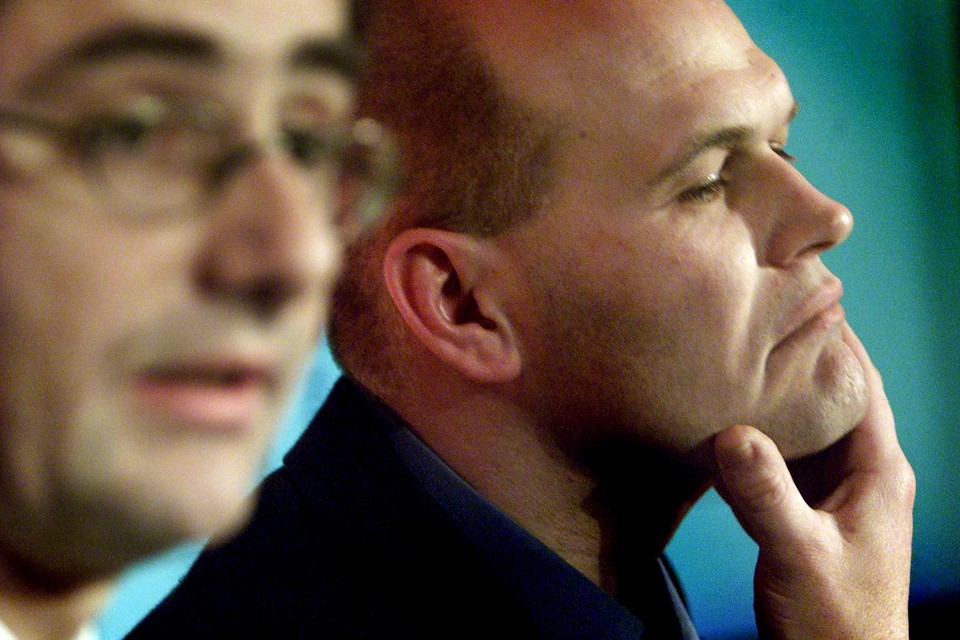The Ed's Up #121

We're the Only Animals With Chins, and No One Knows Why
"“Little pig, little pig, let me come in,” says the big, bad wolf. “No, no, not by the hair on my chinny chin chin,” say the three little pigs. This scene is deeply unrealistic and not just because of the pigs' architectural competence, the wolf's implausible lung capacity, and everyone's ability to talk. The thing is: Pigs don't have chins. Nor do any animals, except for us. The lower jaw of a chimpanzee or gorilla slopes backwards from the front teeth. So did the jaw of other hominids like Homo erectus. Even Neanderthal jaws ended in a flat vertical plane. Only in modern humans does the lower jaw end in a protruding strut of bone. A sticky-outy bit. A chin." (Image: Jonathan Evans)

To Lions, Zebras Are Mostly Gray
“The zebra is conspicuously striped,” wrote Darwin, on one of his less insightful days. The idea that its black-and-white coat might help it blend in rather than, say, stand out seems preposterous, but there are two ways in which this could work. First, the black stripes could match dark tree trunks while the white ones match shafts of light between the trunks. Alternatively, the stripes break up the zebra's outline, making it harder to identify as a juicy piece of horse-shaped steak. Both ideas have been around for a while, but neither has been tested well." (Image: Fabian Bimmer)
Ninja Eagles On Stilts
"When you’re filming a bird that specializes at kicking snakes to death, you’d better be careful about your power cables. Steve Portugal learned that the hard way when studying secretary birds—a long-legged bird of prey with an appetite for snakes and a phenomenal, skull-crushing kick. “Their desire to kick anything that moves and looks a bit like a snake is so innate,” says Portugal. “At the end of a session, I had this long extension lead and I started wheeling it in. Within a fraction of a second, the bird was on it and going mental, trying to kick the extension lead to death. It felt like I was playing with a cat.” (Image: Mark Kent)
 The Forest In Your Mouth
The Forest In Your Mouth
"But once they got the technique to work, they started seeing plaque as few others have: in beautiful kaleidoscopic colour. “When we got our first images, we saw these fantastic structures and we were delighted,” says Borisy. There were long magenta filaments of Corynebacterium, sprouting from the same places, and crowned by green Streptococcus spheres. The team called these “hedgehogs”. I see them more like forests, with Corynebacterium as tree trunks and Streptococcus as the canopy. Regardless of metaphor, it’s clear that the bacteria in plaque aren’t just floating about randomly. They’re organised. They’re structured. Each group has its place." (Image: Mark Welch et al.)More good reads
- The Neurologist Who Hacked His Brain—And Almost Lost His Mind. This is Dan Engber at his very best. Superb journalism.
- Glittering Blue: an incredible view of the Earth. Here's Robinson Meyer to tell you what it all means
- "You wouldn't really die of anything. You would just stop being biology and start being physics." Welcome back, What If?
- A wonderful and ongoing series of dispatches from the ConspiraSea Cruise, a floating haven of irrationality.
- In Defense of Flat Earthers, by Lizzie Wade. Yes, they're obviously wrong, but that's not the point. And more from Ben Lillie.
- Ex Machina’s flaws reflect the flaws in modern thinking about artificial intelligence. By Martin Robbins.
- Calories consumed minus calories burned: it's not that simple. By Cynthia Graber and Nicola Twilley
- Here's a wonderful set of Bad Ad-hoc Hypotheses about Evolution, featuring me as a judge
- European Go champion on losing to a Google AI: "If no one told me, maybe I would think the player was a little strange." Next up: the world champion
- Teens Aren't Ruining Language. Adrienne LaFrance Can't Even.
You can also follow me on Twitter, find regular writing on my blog. If someone has forwarded this email to you, you can sign up yourself.
And that's it! Thanks for reading.
-Ed